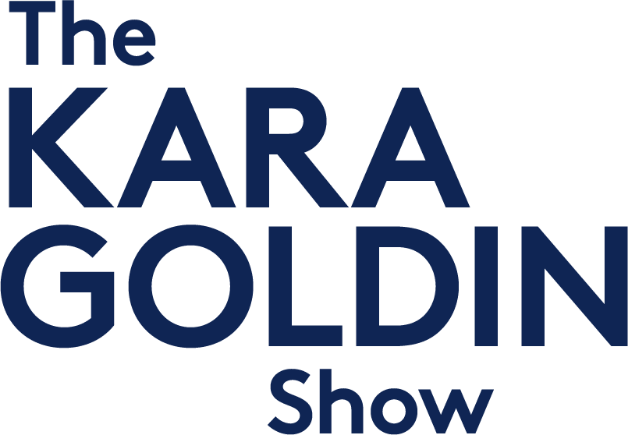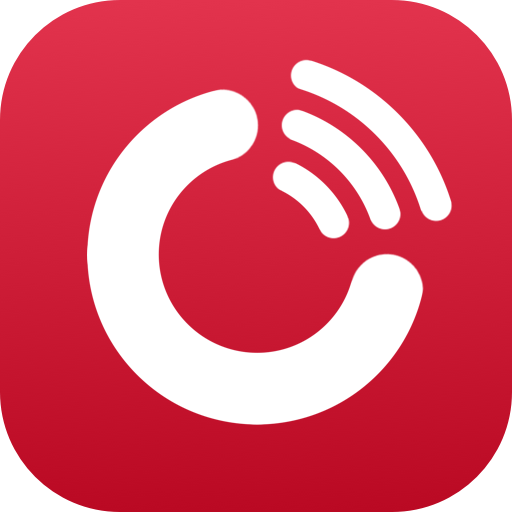Mike Adair: Founder of Red’s
Episode 738
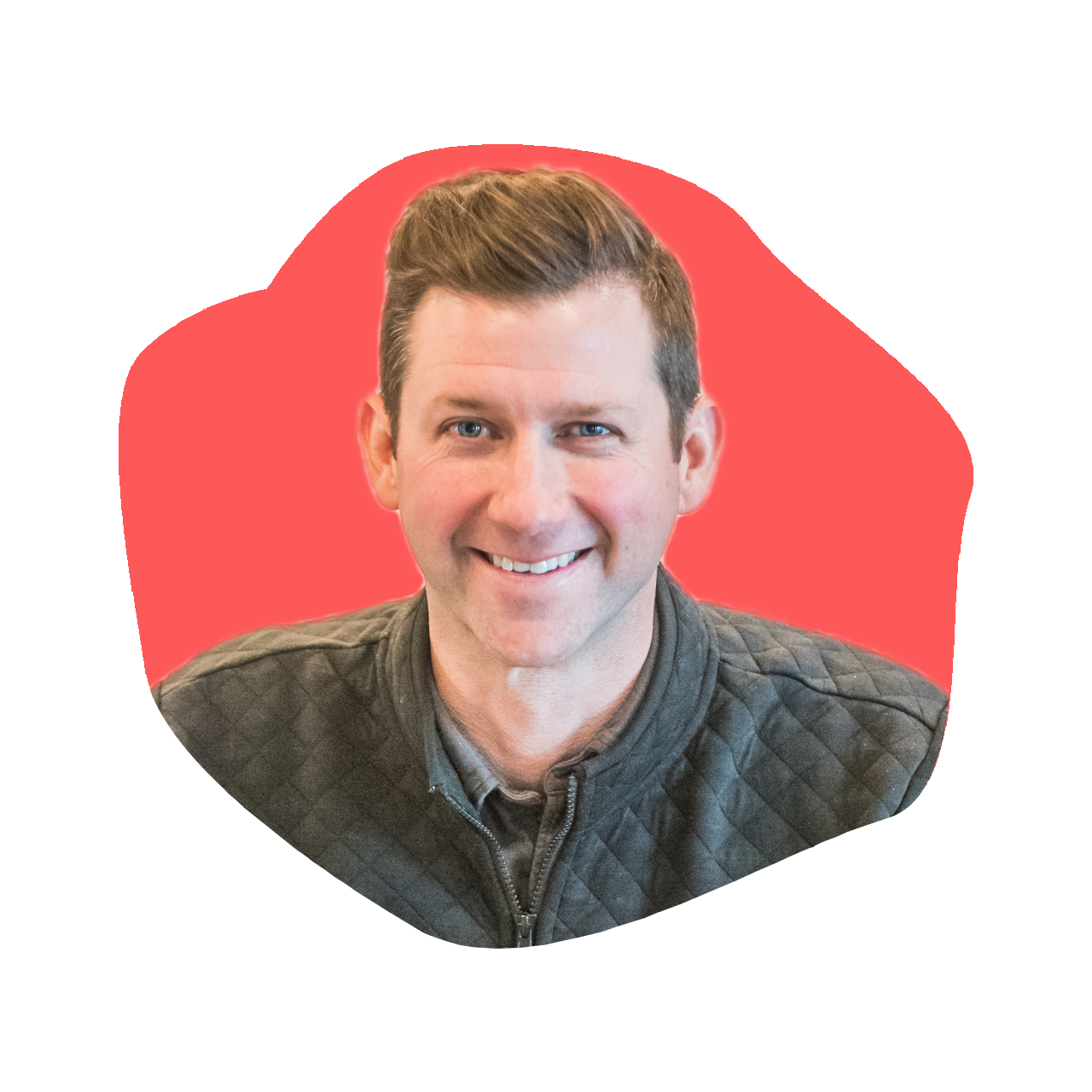
On this episode of The Kara Goldin Show, we’re joined by Mike Adair, Founder of Red’s — the premium frozen food brand on a mission to reinvent the frozen aisle with clean, convenient, and crave-worthy options. What began with a simple idea and a nod to his beloved dog Red has grown into the largest premium frozen burrito and breakfast sandwich brand in the country. Red’s is now a staple in grocery stores nationwide, delivering real food made with fresh-baked tortillas, non-GMO ingredients, antibiotic-free meats, and cage-free eggs.
In our conversation, Mike shares how Red’s went from a small startup to a national category leader, the bold bets he made on clean ingredients before it was trendy, and why bringing manufacturing in-house was a game-changing move. We explore the realities of competing with legacy giants in the freezer aisle, how frozen food can actually drive sustainability by reducing food waste, and what it takes to balance rapid growth with relentless quality. Mike also opens up about the toughest challenges he’s faced as a founder, his perspective on the future of frozen food, and the advice he’d give to anyone building a mission-driven CPG brand today.
Whether you’re a busy parent, a frozen food skeptic, or a founder looking for inspiration, this episode is packed with stories and insights you won’t want to miss. Now on The Kara Goldin Show.
Resources from
this episode:
Enjoying this episode of #TheKaraGoldinShow? Let Kara know by clicking on the links below and sending her a quick shout-out on social!
Follow Kara on LinkedIn – Instagram – X – Facebook – TikTok – YouTube – Threads
Have a question for Kara about one of our episodes? Reach out to Kara directly at [email protected]
To learn more about Mike Adair and Red’s:
https://www.instagram.com/redsfoods
https://www.tiktok.com/@redsfoods
https://www.linkedin.com/in/michael-adair-4b70988/
https://www.redsallnatural.com/
Transcript
Kara Goldin 0:00
I am unwilling to give up, that I will start over from scratch as many times as it takes to get where I want to be. I want to be you. Just want to make sure you will get knocked down. But just make sure you don’t get knocked out, knocked out. So your only choice should be go focus on what you can control. Control, control. Hi everyone, and welcome to the Kara Goldin show. Join me each week for inspiring conversations with some of the world’s greatest leaders. We’ll talk with founders, entrepreneurs, CEOs and really, some of the most interesting people of our time. Can’t wait to get started. Let’s go. Let’s go. Hi everyone and welcome back to the Kara Goldin Show. Today. We’re diving into the frozen food aisle, one of my favorite topics, gnarly, gnarly space that we have an incredible, incredible entrepreneur, founder and CEO who is with us here today. So Mike Adair is the founder and CEO of Red’s, and Red’s is now the largest premium frozen burrito and breakfast sandwich brand in the country, and what started in a trailer with a simple idea and a nod to his beloved dog red, which I of course, love, love. Love, has grown into a national brand found in most major grocery stores across the US. Mike began his career outside of the food industry and finance, but eventually took the leap into food with a mission to make frozen meals cleaner, more convenient and packed with real ingredients, and 16 years later, Red’s is redefining the frozen aisle with fresh baked tortillas, antibiotic free meats, cage free eggs and a relentless focus on quality, as I was Sharing with Mike before we hit record my sons. I saw something new in the in the freezer and jumped in and just couldn’t get enough of them. So definitely, definitely Red’s is doing something, right. So Mike, thank you so much for being here, and welcome to the show. Thank
Mike Adair 2:18
you. I appreciate it. What a what an introduction. Well, thank you so much for having me. This is such a such an honor. Huge fan of yours, huge fan of the brands that you build. Obviously, I’m three or four years behind you and starting. So I think we could probably do this for hours, sharing a lot of fun war stories.
Kara Goldin 2:38
Yeah, absolutely. So let’s start with simple. When someone picks up a Red’s burrito, what are they really buying into, besides having an incredible breakfast?
Mike Adair 2:52
Well, we also do snacks. So whether it’s breakfast or snack, you, I think you’re buying into this crazy dream that you know, I had to your point, 16 and a half years ago, not knowing anything about the food space in any way, shape or form, and not coming from, like a food or food science background, you know, I was kind of a simple human. It was like I the time we were having kids. And, you know, it’s just trying to figure out, fell in love with this idea of of, you know, starting a consumer, you know, consumer brands, company, and only because I love the idea of being a group of human beings, you know, who are some office in Nashville, Tennessee, or we’ve got a plant out in southeastern South Dakota, and just trying to be the best in the world at what we do, right? And I was like, we’re not, we’re not curing cancer. We’re not, you know, we kind of recognize our place in the world. But to me, that simple dream of, like, just trying to create a product that, you know, you can hopefully deliver on, this amazing experience that people will, you know, be really pleasantly surprised, right? And the vast perception of Frozen is, like, you know, still, like, kind of a nasty, salty, you know, processed meal from the 80s. And it’s like, we’ve been trying so hard to overcome that. And so to me, I was like, I don’t know enough about how to work with preservatives. I don’t know enough about any of the food science elements of you’re trying to create shelves, shelf stable stuff. So to me, I was like, well, we can just create this amazing look we already did at home, and then everything, we would just flash freeze everything, where we put everything in our freezer, or we’d flash freeze it. And so to me, I was like, Okay, great. Well, why don’t we this seems like the most logical place to go, being super, super naive about how hard it is to crack into the space and to try and change consumer perception of what Frozen is. But that’s been kind of the single main focus for, you know, pretty much 24/7 for the last 16 years, which is, how do we make the product better? Right? And we’ve never been particularly good at or certainly, I haven’t been out in the world communicating what we do, how we do it, why? Do it. We’ve just kind of really been behind the scenes focusing on trying to make the best product we possibly can and products, and hopefully that then will change consumer, you know, that interaction that you know, your sons had, which is like, Oh, wow, this is actually really good, right? And, and all of a sudden you’re like, oh, wait, this actually tastes really good. And, by the way, this is, you know, I can feel good about actually eating it. This is something that I want to share with myself, my fans, my, you know, my kids, that’s that’s really been it and, and that has been, single handedly, the absolute most challenging thing I could have possibly, ever, ever, ever imagined doing. But it’s been so rewarding. And, you know, crazy enough to think that I’ve been doing it for 16 half years, and a half years, and I’m probably more passionate today than I than I was back then.
Kara Goldin 5:46
I love it. You and I were talking your your daughter was just about to be born, I guess, or just born when you actually got your first skew on the shelf. Can you talk to me about those moments when you thought, I’m just gonna go and and try and and see, you know what we can do here? Yeah. I mean,
Mike Adair 6:08
probably similar to every entrepreneur, I think you kind of fall in love with the idea of starting a business. Then you saw, then you start, you fall in love with a particular idea, and then that just that passion just grows and grows and grows about, you know what the possibilities are? How are we going to make it? How do we get, you know, all, how do we source all these great ingredients? And then, you know, and how do I actually manufacture it? And then, you know, in the with meat in the product, you’ve got to find a USDA regulated facility, and it’s like all of these barriers entry and crazy complex complications. And so I was just figuring those out, literally, just kind of piece by piece, right in the first, you know, I guess couple 100, couple 1000 burritos we just made in our trailer in New Hampshire and and vacuum sealed them. And, you know, had a bunch of gatherings to get feedback from friends and family. And thankfully, people loved them. And so, you know, we had our first daughter in March of 2009 as I was finishing up business school and really falling in love with the idea. And then graduated. And on June 15, which is what you know, we say is Red’s birthday, it was go time. And, you know, and then it just becomes the comfort of business school, like is ripped away in an absolute instant. And I remember sitting in we our first office was actually in the basement of this dumpy place right near the train station in Fairfield, Connecticut and and having just like a complete wake up of oh my gosh, I have to figure out I have a three month old. I have got mouths to feed. Thank God. My wife was a nurse, and she actually was supporting us. But it just became kind of a 24/7 problem solving of, how am I going to actually get this made, and then starting to, you know, get your first couple SKUs onto, you know, there’s the shelves of your local grocery stores, and I did that kind of one by one, just, you know, putting burritos getting a production run made. And we literally had a production run of 3000 burritos made. And our first co Packer went bankrupt, and so I broke in the back door, figured out how to get on a forklift, got that pallet of burritos onto a truck, and then left a check on the counter, of course, and then put them in a, you know, third party warehouse, and all of a sudden I was like, Oh my gosh. Like, I now have 3000 burritos I gotta sell. And I had one or just one flavor. It was just a chicken burrito. And then just started, you know, going store to store and doing a lot of demos and trying to see if, hopefully, a few people liked them, and and then, you know, from then, it became basically a 16 year iteration of, how do we how do we do that better? How do we make that product better? You know, what do they like? What do they don’t like? You know, what are the nutritional profiles? You know, flavor profiles. And it’s just began the relentless
Kara Goldin 8:57
pursuit. So, so interesting. What was your first store that you got into?
Mike Adair 9:03
So it was a it was Walter Stewart’s, which was a family owned store in in New Canaan, Connecticut. Thank God. I actually grew up with some of the Stewart family, and so they were actually very welcoming to, you know, to get me in and but I spent a lot of time and energy, kind of with, with them, learning and asking questions, but, you know, spending a ton of time in the, you know, in the back rooms with the, you know, the stock guys, seeing all the trucks come in, and understanding, you know, how they come in, in different case, pack formats. Who was bringing it in, right? Who are the distributors, who are the, you know, actual companies bringing the product in. And then what made it easier for the, you know, for the guy stocking the shelves, you know, what pack, size, formats, and all the different kind of logistical components. And then I spent a ton of time just, you know, being in there doing demos and figuring out when their most traffic was right. It was like certain stores were Wednesday nights after bingo, you know. A bunch of places where Sundays after church. And it just became kind of this bouncing around to the first kind of five or 10 different, you know, local, you know, more or less mom and pop shops that were super, thankfully, they were super great to work with and and, you know, and gave me the opportunity to get in and figure out what was working and was what wasn’t. And then, you know, and then it became, we actually figured out a distributor, and then we actually started getting into a couple smaller chains. And, you know, it’s kind of off to the races.
Kara Goldin 10:30
When did you know that it was working that you beyond the the first store, you know, you’re getting invited to do demos, you’re, you know you’re selling out. You know you’re getting, you’re figuring out, how do I get, you know, a bigger facility to make these faster. But when did you actually say, Okay, this is, this is happening
Mike Adair 11:01
over 16 years later, I’m not sure that I’ve had that thought. I still, you know, it’s still a, it’s, it’s kind of this, like, we, you know, part of our culture is like, you know, I just always think we can do things better, you know. And I think we can, we can deliver something better. And to me, that’s also like part of the process of being, you know, a company that deserves the opportunity to get bigger, right? If you constantly have this, this pursuit of, you know, we can make this, you know, this turkey sausage better, right? There’s a better supply chain aspect to it. Or we can improve, you know, from buying tortillas to making freshly baked tortillas like there’s just this, there’s a constant aspect of and I think it’s an endless, you know, it’s an endless pursuit, and I, which I love, because it always creates this new opportunity to walk in every day and kind of look around and go, What can we do better? I think there’s probably been two or three times over that 1516, year period where I’ve been like, you know, I don’t know if I’ve ever said we’ve made it, but I think I had moments in the first handful of years where I was like, I think I’ve gotten good enough at problem solving where I’ll never have to get a real job, right? And when you’re an entrepreneur, and you certainly know this as well as I do, you quickly realize, you know you’re not, there’s nothing above you, there’s nothing below you, right? Is probably much more important. From you’ll do anything, right? Like, you’ll be delivering boxes in the middle of the night, you’ll be packing, you know, you’ll be in the kitchen, you’ll be making deliveries, you’ll be doing demos, you’ll, you’ll do anything. And so you’ve, you kind of build this confidence around all right, like I don’t, I don’t feel like I’ve ever I need to go work for the man ever again. Like, if, if you know, if this, this doesn’t work out, I feel like I can figure out a way to, you know, to provide for my family and do something that, you know, that I enjoy. And so I think that confidence, probably more than anything, was, you know, was, was kept me going. And then also I just, I was just kind of a crazy person that I just wasn’t going to let it fail. And, and we’ve, we’ve almost failed so many different ways, so many different times. And, you know, before we understood much about data, you know, we were selling big 11 ounce burritos. And I thought we were like, We got into, like, Shaws and a couple of big chains, and I was like, Oh my gosh. Like, we’ve made it. This is this, we’re done. And then, like, the bottom fell out. And we quickly realized that, you know, those items were never moving fast enough for us to actually build the real business. And so it was kind of like we had gotten too much distribution with items that never really could have scaled. And then all of a sudden you’re like, Oh, shoot. I got to unwind that and find the items that actually can sell and so that, you know, I think if I had that thought, it was probably for about 15 minutes before I got, you know, I got hit in the face with the reality of we’re not as good as we think we are. And we’ve got to, you know, get back to work and figure out exactly what the consumer wants, so that, you know, they’ll buy a lot more of them and enable us to keep growing.
Kara Goldin 14:09
Yeah, definitely. So you named the brand after your dog. Read, did you how did that come about when you were thinking about a name for for the company that you had launched.
Mike Adair 14:25
So I mean, probably one of the simplest decisions I’ve ever made. So when I was kind of ending my career in finance, I I literally just happened to be in between meetings. Was was next to a shelter, and I was working in finance, and I had to wear a suit and tie every day. And so I grew up with dogs. I love dogs and so, but I was like, single running around. I lived in Seattle, and I was covering the whole northwest, so it would have been impossible, possible for me to have a dog. And so I walked into the shelter, and it’s like, kind of a big loop, and I get all the way and there’s dogs barking at you like crazy, and I get. It to the last one, and there’s three big dogs in there, and one of them’s like, right at the you know, the defense barking at me, like, wants to rip my face off. And another one’s kind of playing with a big pile of poop on the floor. And then there’s one in the back just looking at me. He was kind of like, this mangy, reddish looking mud. It was like, Dude, please, please, get me out of here. And so I was like, you know, fast forward, obviously, red came home with me, and was my never left my side for the next 12 years or so, until he passed away. But, you know, as we were in business school, living in this trailer, which was, you know, makes it sound it was actually amazing. It was like, backed up to 1000 acres of, you know, of public land. And so red and I would be out there, you know, hiking or snowshoeing, come 24/7 so this was when, you know, I was in the kitchen with Paige, playing around with some taco recipes. And, you know, Red was always just sitting in our feet. And, you know, at the time, she was pregnant, but we didn’t have any kids yet. And so it just seemed to be the easiest thing. I looked down and I was like, All right, well, if we’re gonna go on this path, you know, we’re gonna name it after the dog. And so I wish I was some sort of could give myself any credit for being that creative or being a marketing genius, but to me, it just felt very logical that he was part of the journey and we get to name it after him. Oh,
Kara Goldin 16:20
that’s awesome. I love it. So you were in finance before starting. How do you think that that career? I always think like, you know, especially when we’re talking to our younger self or the next generation, whoever you’re talking to about this, it’s like, it really is a zigzag, but I think you probably a lot of the fundamentals of building a business. I would imagine that you learned in finance as compared to somebody who hadn’t had that experience. But what would you say about your previous experience that really helped you to build the business that you have today?
Mike Adair 16:59
I think, you know, I think there were, there were a lot of, you know, when, when most of us graduate college, we’re still, you know, I certainly speak for myself, like I was not ready, necessarily, or prepared for adulthood. And so I think getting, you know, getting an opportunity pretty early on to, you know, to work, to work, and in finance just helped me grow up in a way that you have to learn how to become a professional in the world, right? And, and I, you know, had to wear a suit and tie every day. I had to be, you know, at work at six or seven o’clock in the morning. And, and you had to create this discipline around a routine and being a human being and providing for yourself and and also, then there was a lot of, you know, there’s a lot of opportunity. We were getting sales training. We were getting public speaking training, you know, we were getting a lot of exposure to a lot of, you know, successful humans and interacting and so I think it ended up being, you know, I probably don’t give it nearly as much credit as I, as I should, that it, it helped probably build a lot of important, you know, skills that I was going to need. You know, when I ended up at the end of the day, we’re all selling something, somehow, some way, and so, you know, as you’re meeting with your first retailers, or you’re, you know, you’re trying to hire people like, there’s, there’s so many aspects of just kind of showing up and being a disciplined, you know, an adult that are super critical to to actually being successful as an entrepreneur. And, you know, and then I, you know, I got the opportunity to move to Seattle when I was, like, 23 and, and I didn’t realize at the time, but I was building my own business because I was the only one out there. And, you know, the company was based in Boston, and I, to this day, can’t believe they sent a 23 year old moron out there to run the whole northwest and but I covered Washington, Oregon, Idaho, Montana, Alaska and all of Western Canada. And there’s nothing quite like being on the road, 20 473, weeks a month to, like, create some organizational skills and discipline around where you need to be, when you need to be in and then slowly, I was actually building a business. And I didn’t even realize that I was building a business. And so I think being able to translate a lot of those skills into starting Red’s helped help tremendously.
Kara Goldin 19:14
That’s awesome. So when you think about the frozen aisle and how it’s dominated by all these Goliaths for decades, but the Red’s the slingshot that you’ve been able to carve out in the space. How do you think you really stand apart outside of having a great product? Do you need to keep innovating in every category, I feel like the grocery buyers are, when you’re meeting with them, they’re, they want to know what’s new, right? What’s new. And so you sort of, as a founder, you feel forced to, you know, come in with a new flavor, a new case Pack. Size, whatever it is. But what do you feel is has been really key for you to be able to carve out that space that you need to, yeah?
Mike Adair 20:09
I think the Yeah, I think it, it’s finding that combination of items that are a little bit more fastballs down the middle, which are going to have, you know, a broader appeal, you know, from across the household, right? So, you know, like a turkey sausage is kind of on one of our best burritos and and the flavor profile, you know, appeals to a wider audience. And then you’ve got to find the balance of having these, like staple items that are really going to be able to move, kind of volume day to day, and then all of these other items that are the, you know, the continued innovation that might be more specific to a certain audience, demographic, you know, a member of the household. And so we’re constantly trying to find that balance, and it’s a balance that never changes, because there’s no, you know, there’s no right answer to it, because the consumer is just like a buyer. They always want something new, right? And like, if you look in kind of your own freezer, or certainly in my own freezer, like we’re going to have a ton of things that we know are we love, and then we’re going to be trying new things all the time. And so we as one of those things that we’re trying to become every day in people’s freezers, we need to make sure that we are constantly delivering on that item with absolute excellence. But then I also need to be trying to put new things into there, into the freezer, so that, you know, we can have more people trying different things and be like, Oh my god, I love this. Or maybe it’s a flavor profile that somebody doesn’t love, and then they’re like, but I like this other one, right? But now all of a sudden you’ve got, kind of, you look in the freezer and it’s like, well, I have five items of Red’s because I have five different people, or however, many people in house that have different, you know, preferences. And so you that, to me, has also been one of the most fun aspects of of, you know, the creativity, like everyone’s, you know, get your creative juices flowing, like being able to work with, you know, our head chef for the last 10 years, I think is one of the best you know chefs in the world. And he’s, he’s from Sinaloa, Mexico, and I’m a you know gringo from Connecticut, and we’re, we’re working together to try and, you know, collaborate on creating all these incredible recipes. And it’s like the innovation pieces, yes, working in the kitchen with shops, but it’s also, you know, the rest of it is just as important, which is, you know, the like the supply chain or procurement innovation, right? So, how do we, how do I get the highest quality of, you know, Turkey sausages or carne asada, or chicken chorizo or steak or chicken, or whatever it is, and and how do I find all of the right aspects of the supply chain, the right best suppliers, and be able to provide us with the most consistent thing day in and day out. And then they’re also, we’re constantly pushing them to innovate on all the different things that they might be able to provide us and and then you have got the, you know, the clean label aspect of like, how do I continue to grow, you know, the the non GMO market? How do I continue to grow the supply chain of antibiotic and hormone free birds. Because, you know, when avian flu hits like that, percentage of the population of animals is so much smaller that you can be pretty decimated pretty quick in regards to your supply chain. So, like we, you know, it’s, it’s something that we take ideas from absolutely anywhere. And then we try and take 16 years of experience and funnel them into, you know, these are the 1015, 20 ideas that we’re going to be playing with. And sometimes we can’t find the right supply or supply partner to be able to do an item we want. Sometimes it’s an item that we can’t do. And sometimes the world comes together and you actually are able to turn something, you know, an innovation idea, around pretty quickly, and it gets to the world. And, you know, at the end of the day, you just want to fail fast,
Kara Goldin 23:50
right? So, yeah, definitely make decisions. I’m okay with
Mike Adair 23:54
it, but I just want to be proud of the item that we put into the world. People might not like it, but you just want to fail as fast as you can
Kara Goldin 24:01
do. You have one SKU that’s kind of a runaway bestseller.
Mike Adair 24:05
It’s actually a strange thing for us, because I feel like in beverage and snack and in chips, like there’s like two or three heroes that represent, like, 80 to 90% of the volume in our world. And I don’t know if this is just a byproduct of frozen we have, you know, we’ve got a handful in each category, between snack, you know, snack burritos, breakfast burritos and breakfast sandwiches. But we don’t have like, two or three dominant heroes. Like, it’s actually, you know, in the top, you know, call it a 10 SKUs. Like, the difference between, you know, number one and number 10 is actually relatively small, which is great from like a diversification of business perspective, probably not as great when you know you want just one or two heroes from a manufacturer. You just want to make those all day, every day, but you know Breakfast has been. Fastest growing category. I just think the consumer and being able to introduce like, you know, quick, super clean, lay but tasty, convenient items in the morning is just solving it’s just such super helpful for so many families. I mean, I certainly know for ours, and so, you know, we try and continue to innovate them, you know, for the after school and before the school, but the end of the day, the consumer is going to tell you where to
Kara Goldin 25:25
go. Which skew are you most proud of? Maybe it’s your favorite go to that you’re always grabbing. You know if, if you’re hungry and you get bummed out when it’s not in your freezer? Is there one in particular that is just your personal favorite.
Mike Adair 25:44
I’d probably say chicken chorizo. Chicken chorizo breakfast burrito. It sells pretty well. It’s a pretty good celebrate, certainly not like, you know, one of our when our top handful of items, but I don’t know, it just is kind of a fun item to me. That’s not just a breakfast burrito, but it’s got a little bit of that extra flavor and kick associated with kick associated with the you know that the paprika and the chorizo flavor profile that we’ve been able to blend together with the chicken pretty well, so that, and probably beef and bean which is like an oldie but a goodie, classic. Yeah, man, I just, I love a good beef and bean burrito.
Kara Goldin 26:18
I love it. Well, Mike, thank you so much for joining us today and sharing the red story from Taco Tuesday traditions to a national brand, your journey has really shown what can happen when someone decides to just hit go and vision persistence and a commitment to quality. You guys have really done it right. So for everyone listening, check out Red’s and plenty of stores nationwide, but Redsallnatural.com and as always, if you love this episode, share it and until next time on the Kara Goldin show. Thank you again, Mike,
Mike Adair 26:56
yeah, thank you so much for having me, Kara. I really, really appreciate it.
Kara Goldin 26:59
Thanks again for listening to the Kara Goldin show. If you would please give us a review and feel free to share this podcast with others who would benefit. And of course, feel free to subscribe so you don’t miss a single episode of our podcast. Just a reminder that I can be found on all platforms at Kara Goldin, I would love to hear from you too. So feel free to DM me, and if you want to hear more about my journey, I hope you will have a listen or pick up a copy of my Wall Street Journal, best selling book, undaunted, where I share more about my journey, including founding and building. Hint we are here every Monday, Wednesday and Friday. Thanks for listening, and goodbye for now.
People Also Liked
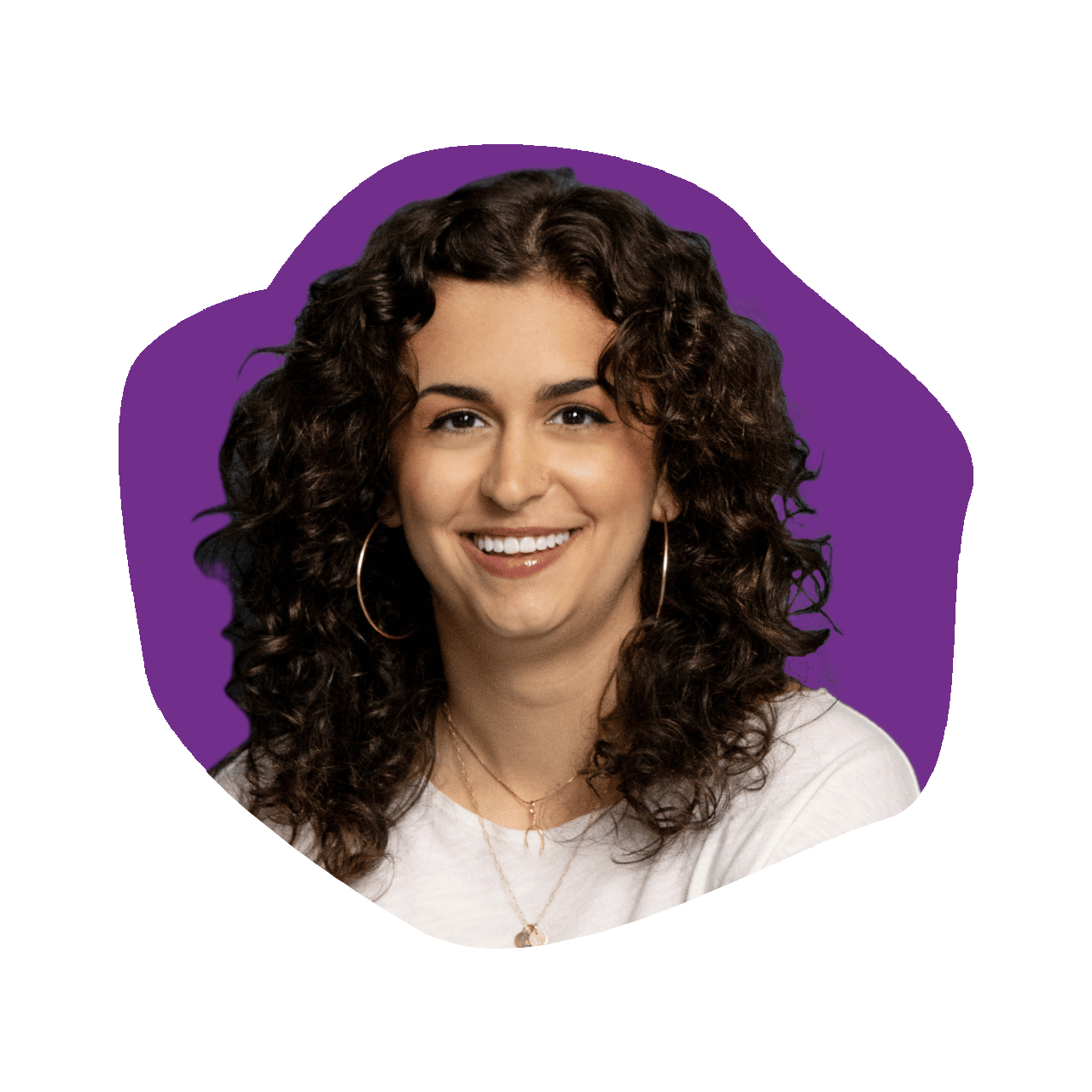
755
Gabi Day: Founder & CEO of Bright Body
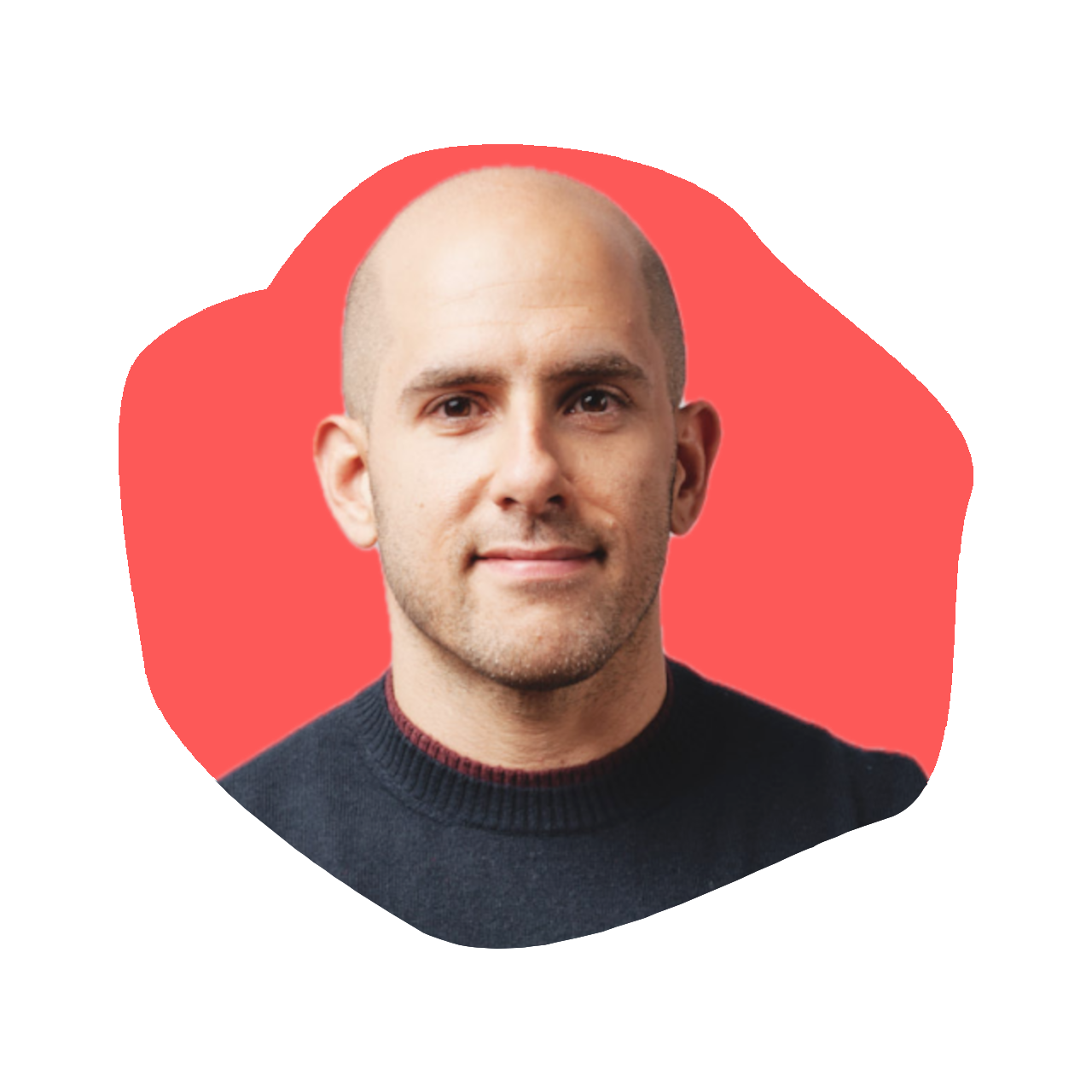
754
Nicolas Jammet: Co-Founder & Chief Concept Officer of Sweetgreen
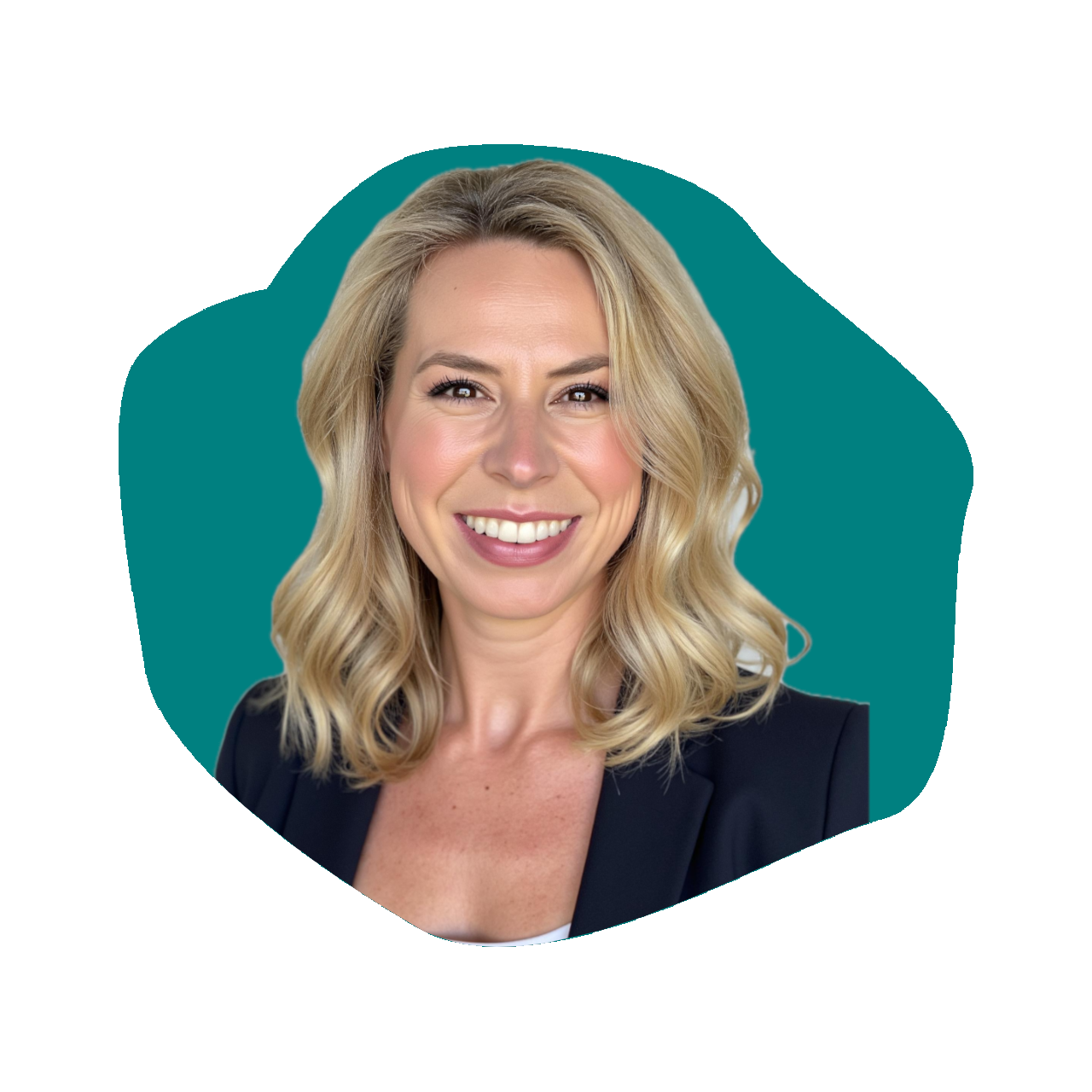
753
Katya Eckert: Founder & CEO of A DOMANI
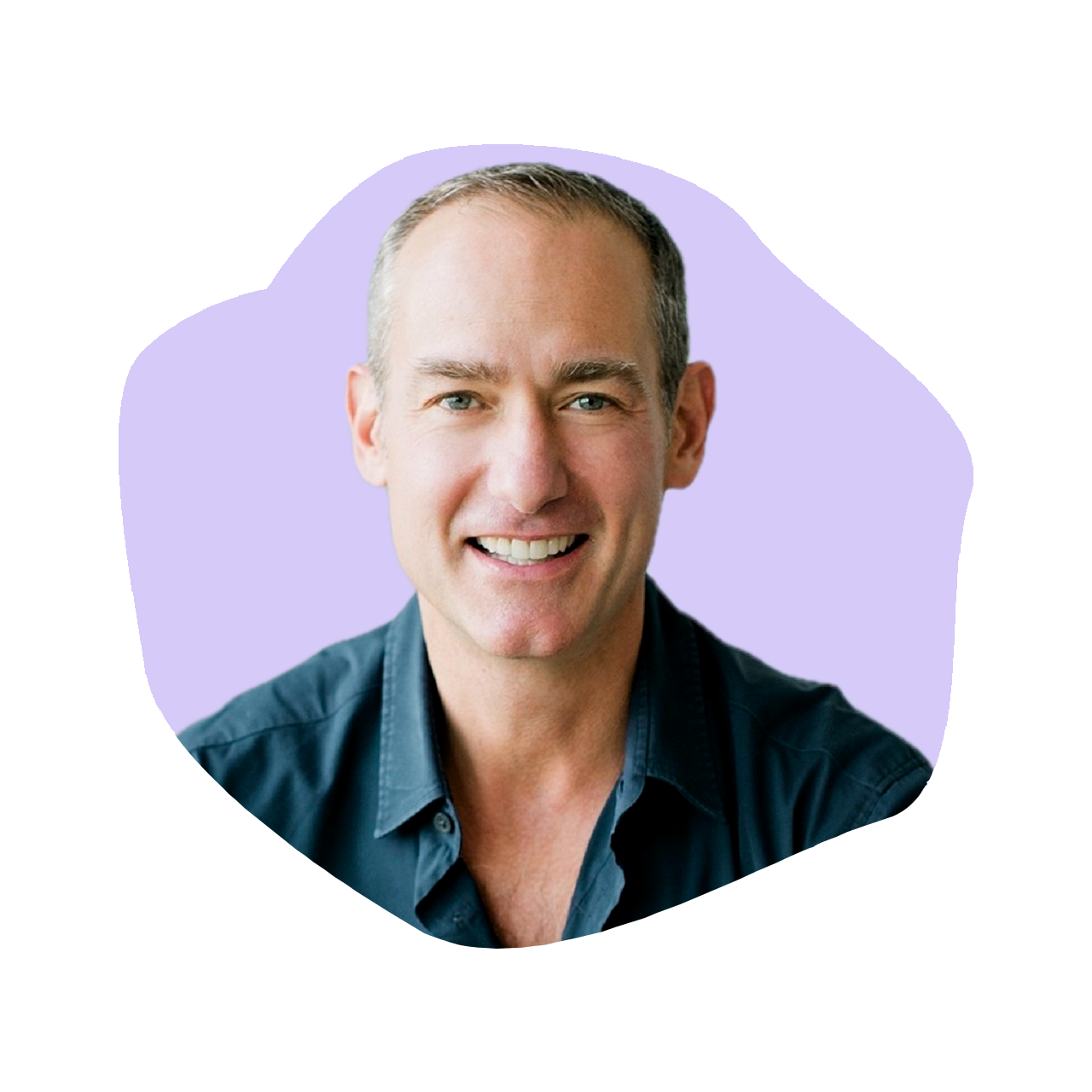
752
Mark Rampolla: Author of An Entrepreneur’s Guide to Freedom and Founder of ZICO

751
Deborah Pagani: Founder of Deborah Pagani Beauty
